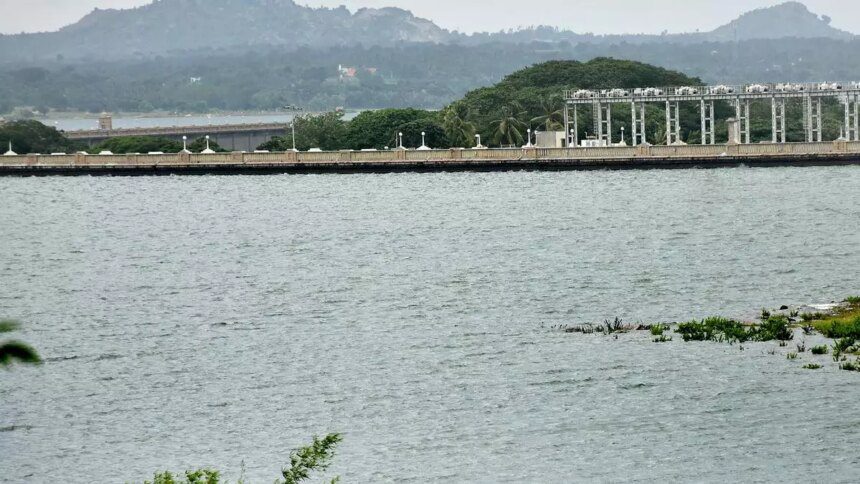The storage in the 155 Indian reservoirs continued to decline as a major part of the country experienced deficient post-monsoon and winter rainfall. The current storage level stands at 61 per cent of the total capacity of 180.852 billion cubic metres (BCM), which is higher compared to the same period last year and the average level over the past decade, according to data from the Central Water Commission (CWC).
In the southern, eastern, and northern regions, the storage level has dropped to 60 per cent and below, with Punjab and Bihar reservoirs recording levels of 16 per cent and 23 per cent of their respective capacities.
Rainfall data from the India Meteorological Department (IMD) revealed that 50 per cent of the 718 districts in the country received no rainfall, while 36 per cent reported deficient rainfall. The IMD also forecast above-normal temperatures and below-normal rainfall in the coming days, raising concerns for crops like wheat, mustard, and chana.
Among the major reservoirs, 37 were below 50 per cent capacity, while five were full. In the northern region, storage levels were at 35 per cent of capacity, with Punjab and Himachal Pradesh recording the lowest levels. The western region had the best storage levels at 73 per cent, with Maharashtra, Gujarat, and Goa all above 70 per cent.
In the central region, storage levels were at 64 per cent, with Madhya Pradesh and Chhattisgarh reporting levels above 60 per cent. The southern region recorded storage levels at 60 per cent, with Tamil Nadu and Andhra Pradesh performing relatively better.
With no significant rainfall expected in the coming days, the reservoir storage levels are likely to decrease further, posing challenges for agriculture and water supply in the country.










